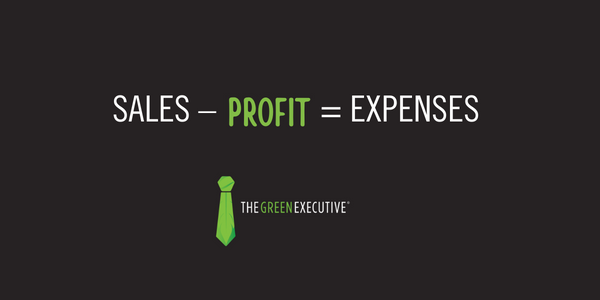Purchase with Purpose
Increase your landscape company’s profitability by making better purchasing decisions By Bryan Mours, Vice President of Customer Experience, Aspire...
Jeffrey Scott on Where You Should Focus Your Business
To achieve a good net profit, how much gross profit should you earn in each of your
divisions? That depends…your profitability is not always driven by your gross profit.
Some companies can achieve high gross profit but still end up with a low net profit, and other companies are vice versa. They achieve a low gross profit but end up with a high net profit. If you diagram Gross Profit Margin (GPM) vs Net Profit Margin, you will see there are 4 types of landscape profit models in the world:
High GPM, High Net
These are companies that have benchmarked their numbers, figured out how to maximize pricing, client value, operational efficiency, and overhead. These companies should have great cash flow if they are low debt and have optimized the use of their equipment.
High GPM, Low Net
This type of company has figured out how to make money with what they sell, but they have not yet figured out how to scale properly and/or how to manage their overhead. This company has potential but must move decisively to unlock the opportunities in front of them.
Low GPM, High Net
This type of company is competing (rightly or wrongly) on its pricing and margins. Or it has simply not grasped how to price or manage its work. Fortunately, this company also keeps its overhead so low that it is making good money, at least for now. But can it scale its business with such lean overhead?
Low GPM, Low Net
This company is in deep trouble, underpricing, under-executing, and underperforming, even if its crews are highly trained. It may grow each year but it’s a struggle. This company is weak, like a tree with no root structure, it could blow over in a strong storm. Having a strong balance sheet is meant to protect you from bad weather, but this type of company is in danger no matter what.
Your Challenge:
Figure out how to move the needle on both your gross and net profit margins The surprising dynamic that I have witnessed in my 50 years in this industry is that companies don’t realize how to take advantage of their strengths.
As a society, we are so focused on our weaknesses that we overlook what truly sets us apart.
When I consult with companies to identify areas for profit improvement, I am often happily surprised to find numerous ways to exploit an already strong division! Versus over investing critical resources trying to fix a weak division.
Sometimes the value comes from focusing even more on where a company is already doing well.
Should we fix the weak division?
Sometimes yes, sometimes no. Making money in an integrated mixed-service company can require counterintuitive moves in order to unlock the value of one’s brand and business.
P.S. For a resource article on 9 Proven Profit Strategies, go here.
Jeffrey Scott, MBA, is the leading authority on growth and profit maximization in the landscape industry. For more information on how you can grow your landscape business, please visit his www.jeffreyscott.biz.

Increase your landscape company’s profitability by making better purchasing decisions By Bryan Mours, Vice President of Customer Experience, Aspire...

Profit First for Landscapers By Adam N. Linnemann The FormulaThe GAAP (Generally Accepted Accounting Principles) formula for determining a business’s...

Coastal Source Begins 2024 Renewing its Commitment to Meeting the Needs of Landscape Designers & Contractors Industry Leader in High Performance...